Mongolia hits copper; economic transformation inevitable
Updated: Apr 03, 2013 04:44:03pm

With the recent find of copper in Oyu Tolgoi, change is inevitable in the world’s second largest landlocked country after Kazakhstan. Translated Turquoise Hill, owing to its green stains Oyu Tolgoi is considered the largest unexploited reserve of copper, gold and silver, according to a BBC report.
“This ore body is something like Manhattan Island, this deposit is among the top three in the entire world,” said geologist and vice president of Oyu Tolgoi operations, Samand Sanjdorj, speaking to BBC. Having first gone to the site 16 years ago, he has been involved with the mine since the very beginning.
The Oyu Tolgoi mine will boost Mongolia’s GDP by a third when fully operational. “The mine in Oyu Tolgoi is already beginning to transform the economy of this sparsely-populated central Asian nation, sending it towards the top of international growth tables,” the report said.
The size of the ore deposit is staggering – running for some 20 miles beneath the Gobi Desert. When this mine is fully operational in 2020, it will produce 450,000 tonnes of copper and 330,000 ounces of gold a year.
Sanjdorj recalled that when their survey team first went to the site in 1997 it was just open steppe. There were 11 of them with two ration jeeps and one truck. To say they were excited when they realised the size of the deposit below them, is an understatement.
Over the past few years the site has been transformed. With production expected to start this June, there is a massive open-cast pit littered with massive trucks and diggers to begin the work of extracting ore-bearing rocks. To date, Anglo-American mining giant Rio Tinto has spent USD 6.2 billion to develop the site which lies in the Gobi which is more than 300 miles south of Mongolia’s capital Ulaan Baatar.
The project however poses major construction challenges, amidst numerous logistical challenges considering that the site is remote.
Speaking to BBC, Chief Executive of Rio Tinto’s Oyu Tolgoi operations, Cameron McRae said, “It didn’t have roads, it didn’t have a railway – which it still doesn’t have – it didn’t have power, it didn’t have water, it didn’t have an airstrip for flying people in and out.”
Consequently, the mining company has had to put in place a lot of the required infrastructure besides building the mine. Just getting the materials to the site for infrastructure was an enormous challenge.
However, even though the mine has not started producing, construction itself has already benefitted Mongolia’s economy. The country’s GDP soared 17 per cent in 2011. Its minerals make up 80 per cent of total exports while its reserves are estimated to be USD 1.3 tn.
The International Monetary Fund (IMF), as reported by BBC, stated that Mongolia will be the largest beneficiary – with the country receiving up to 71 per cent of the income from the mine.
With regard to the mining agreement with Rio, Mongolia has a 34 per cent stake in the mine with the project already a major job provider with 13,000 workers; 87 per cent being Mongolians.
However, the question in the minds of local residents is who will actually gain from the mine. Some of them are sceptical; wondering if benefits will trickle down to ordinary citizens. (KNN)

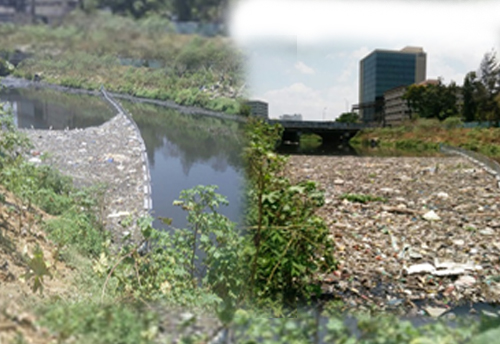
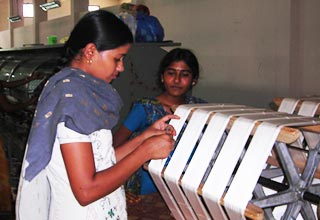
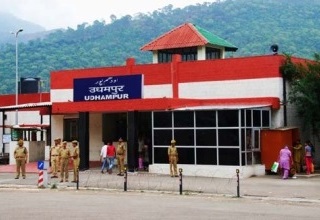
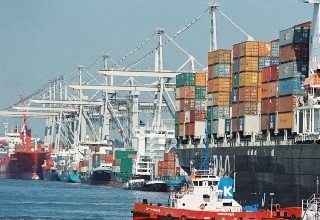
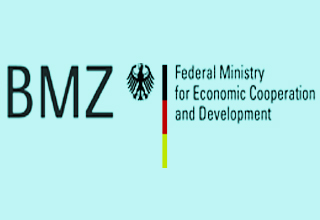





